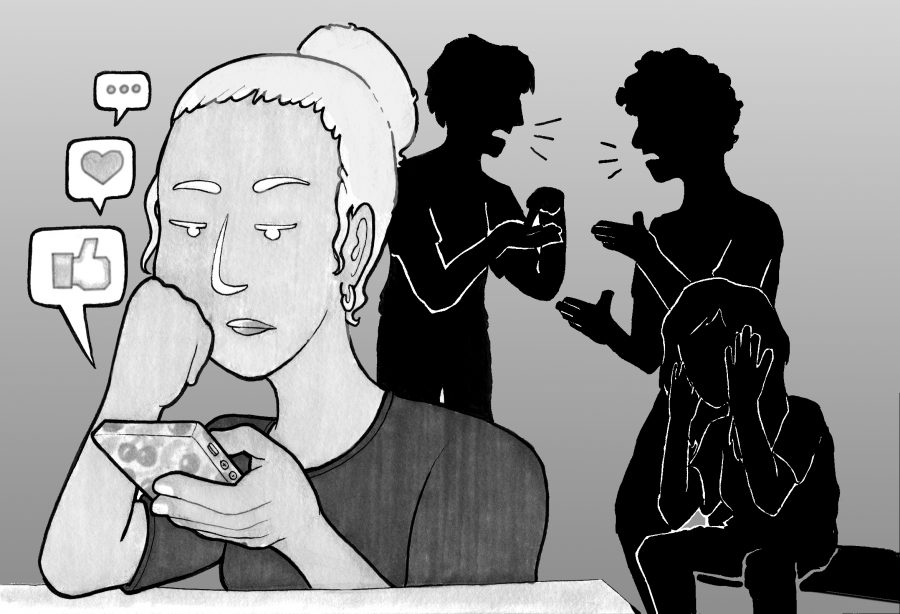The last 20 or so years brought forward a watershed moment in technological development: a device that can almost answer any question or fulfill any need, right in your pocket. So why is it that in this new culture of automatic gratification, we are more depressed?
Since the advent of the iPhone in 2007, the world’s youth rapidly took to this era of interconnectedness. By 2012, the proportion of Americans who owned a smartphone exceeded 50 percent, and in a recent Pew Research Center study, 92 percent of young adults reported owning a smartphone. Today, adolescents and young adults constantly check and update social media, existing in a digital space with thousands of their peers.
This increase in usage, however, correlates with some concerning data. According to Jean Twenge, a psychology professor at San Diego State University, smartphone activity is linked to unhappiness and nonsmartphone activity is linked to happiness, without exception.
“Those who spend six to nine hours a week on social media are still 47 percent more likely to say they are unhappy than those who use social media even less,” Twenge writes in an article for The Atlantic. “Teens who spend three hours a day or more on electronic devices are 35 percent more likely to have a risk factor for suicide, such as making a suicide plan.”
While most connections between depression and usage are found after prolonged periods of time with the device, the common amount of screen time people have in each day is steadily increasing. Recent studies have found that the average American spends between 10 and 12 hours a day in front of a screen.
“Some used the language of addiction,” Twenge writes, referring to her students’ phone usage at night. “‘I know I shouldn’t, but I just can’t help it,’ one said about looking at her phone while in bed. Others saw their phone as an extension of their body — or even like a lover: ‘Having my phone closer to me while I’m sleeping is a comfort.’”
This shift isn’t entirely negative, as today’s teenagers are less susceptible to teen homicide, alcohol usage and early pregnancy. But these positive trends are mere symptoms of the larger problem, as Twenge explains.
The first generation to experience adolescence in a world of iPhones may succumb to “the worst mental health crisis in decades.”
Many smartphone developers have caught onto this growing problem and have created applications such as Offtime or Moment in order to track time spent on the phone and reduce screen time. Some even filter communication or notifications that lead some to extended use.
We need to realize that while the device just within arm’s reach can be an incredibly handy tool, dependency on it comes with severe consequences. It’s important to remain conscious of how much time we spend out in the world and how much in front of a screen.
Kunz is an English freshman from New Braunfels. Follow him on Twitter @KunzJacob.





















